Ancient Stamps Unearthed in Falster: A Glimpse into Denmark’s Royal Past
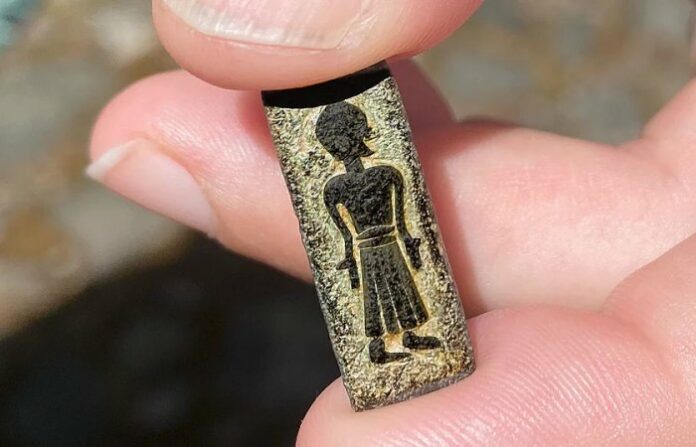
In the heart of Falster, located southeast of Denmark, a metal detectorist’s remarkable discovery may rewrite chapters of Danish history. The finding, made by Lennart Larsen on a rainy day, holds significant potential to illuminate the local history of Falster and possibly reveal the site of a former royal power center.
The Discovery
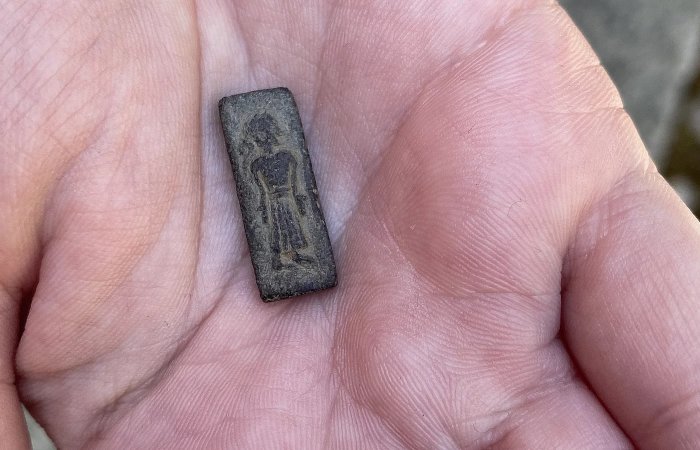
While searching for historical artifacts, Larsen’s equipment emitted a faint beep. Upon investigation, he unearthed small, unique objects that he had never encountered before. Among these was a special stamp known as a “Patrice,” used to create gold images, which were likely offerings to the gods. This two-centimeter-long object might be a vital clue to uncovering the royal past of Falster.
Significance of the Find
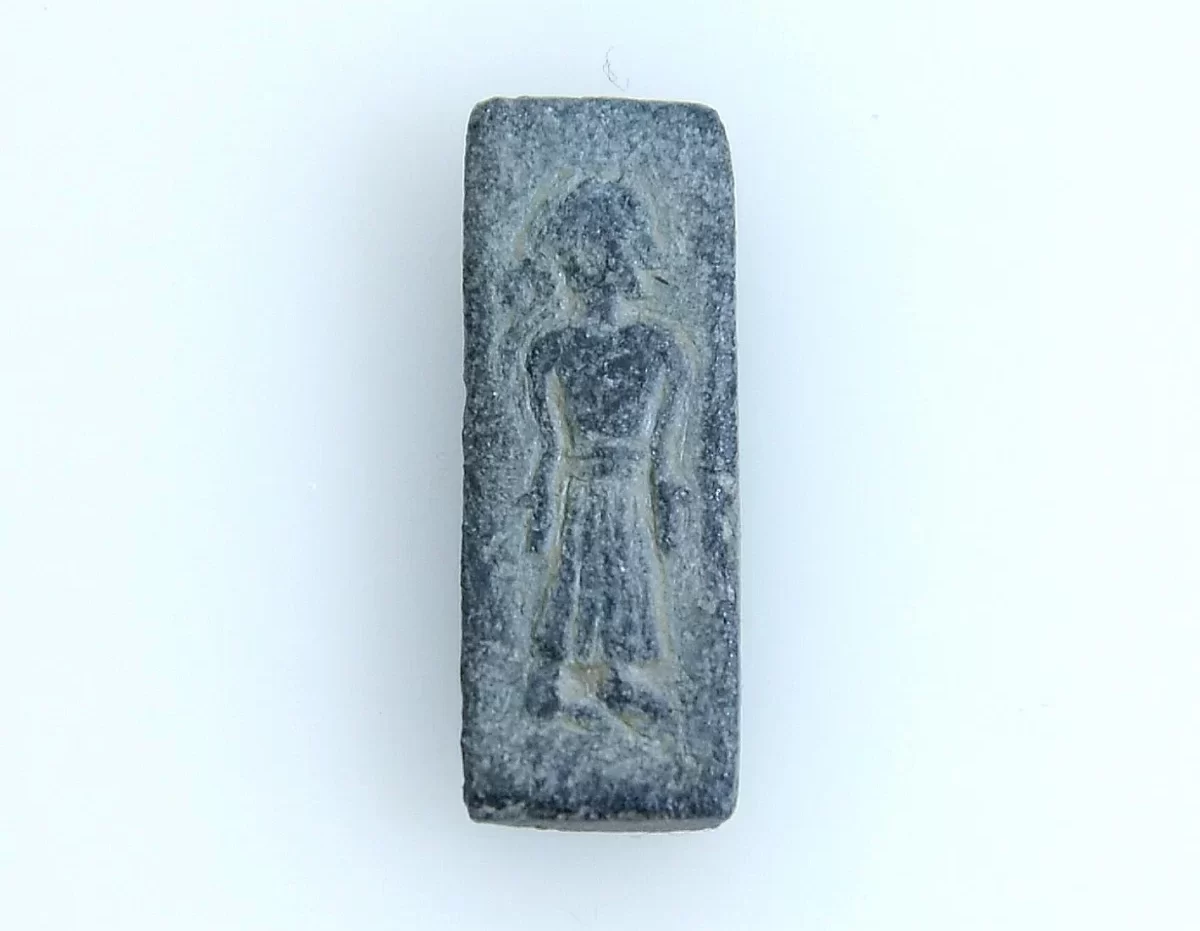
Marie Brinch, an archaeologist and museum inspector from the Museum Lolland-Falster, emphasized the importance of this discovery. She stated, “This indicates that we are standing in a place that has meant some trade and probably also had some form of cultic activity. It could also indicate that it was once a center of power on Falster.” The site’s historical significance is underscored by place names dating back to the Viking Age or earlier and the discovery of marshlands that were used for sacrifices to the gods.
Historical Context
Falster has a rich history, with numerous signs of activity from the Iron Age and Viking Age, including an enormous shipyard and a large Viking Age castle. However, there have been few discoveries that shed light on where the island’s wealthy elite lived before the Viking Age. The recent find could provide crucial insights into this period.
Rarity and Uniqueness of the Stamps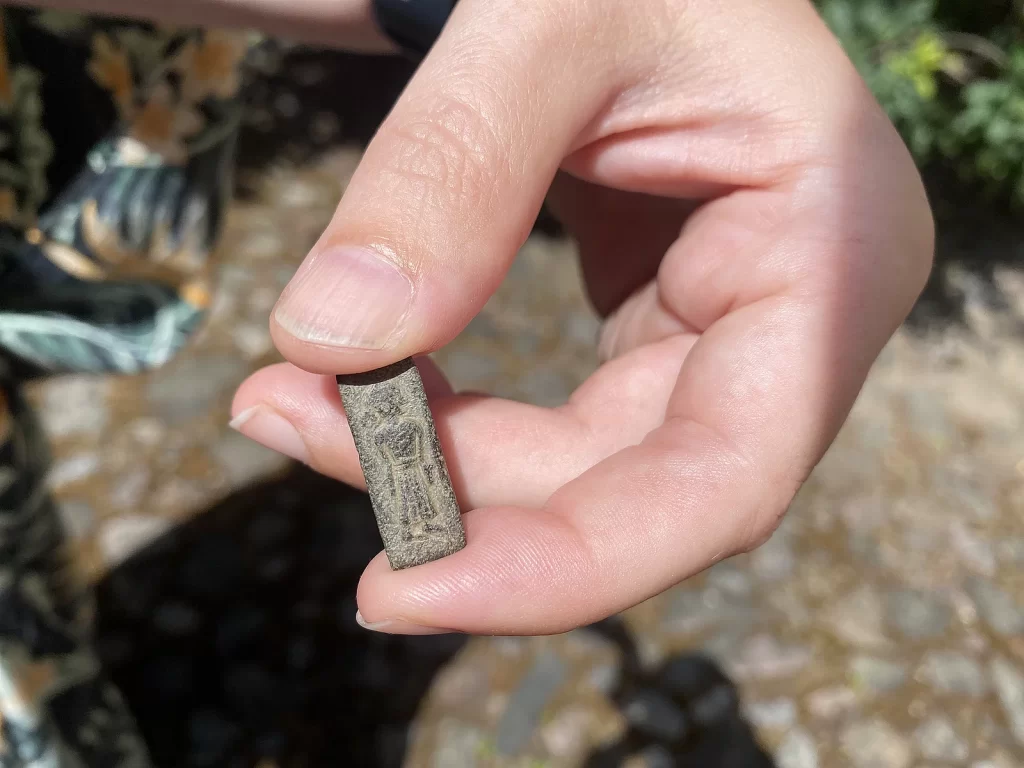
The stamps, created between 500 and 700 AD, are incredibly rare. Margrethe Watt from the National Museum, who specializes in ancient gold coins and stamps, highlighted their rarity. “There have only been 28 stamps discovered in the entire Nordic region, including the one from Falster,” she noted. These stamps are found only in significant places associated with the highest-ranking nobles or kings.
Depiction and Symbolism
The stamp from Falster features a figure in fine clothing with hands positioned in a distinctive manner, palms visible, which could signify submission or revelation. This symbol is present in both Christian and pre-Christian cultures and is still seen in many churches today. The depiction on the stamp could represent a royal figure submitting to a god or a god revealing themselves to a human.
Further Investigations
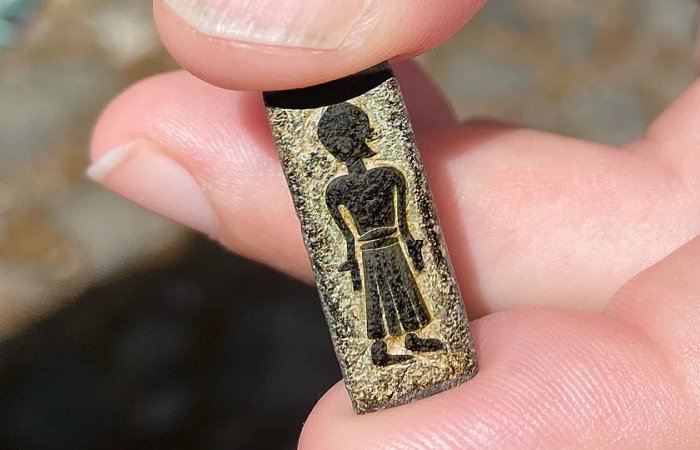
Determining whether the figure is male or female hinges on further examination, specifically looking for a tuft of hair on the back of the stamp. The Museum Lolland-Falster is continuing its investigation and has not yet disclosed the exact location of the find, though it confirms it was made in central Falster.
Conclusion
The discovery of the ancient stamps in Falster is a significant archaeological find that could provide new insights into the island’s historical significance and its possible role as a center of royal power. As further investigations continue, this remarkable find may help unravel more secrets about Denmark’s rich and complex history.
Video
News
The Hanging Temple: China’s 1,500-Year-Old Cliffside Marvel of Faith and Engineering
The Hanging Temple: China’s 1,500-Year-Old Cliffside Marvel of Faith and Engineering Perched precariously on the cliffs of Mount Heng in Shanxi Province, China, the Hanging Temple, also known as Xuankong Temple, Hengshan Hanging Temple, or Hanging Monastery, is an architectural…
The Willendorf Venus: A 30,000-Year-Old Masterpiece Reveals Astonishing Secrets
The Willendorf Venus: A 30,000-Year-Old Masterpiece Reveals Astonishing Secrets The “Willendorf Venus” stands as one of the most revered archaeological treasures from the Upper Paleolithic era. Discovered in 1908 by scientist Johann Veran near Willendorf, Austria, this small yet profound…
Unveiling the Maya: Hallucinogens and Rituals Beneath the Yucatán Ball Courts
Unveiling the Maya: Hallucinogens and Rituals Beneath the Yucatán Ball Courts New archaeological research has uncovered intriguing insights into the ritual practices of the ancient Maya civilization. The focus of this study is a ceremonial offering found beneath the sediment…
Uncovering the Oldest Agricultural Machine: The Threshing Sledge’s Neolithic Origins
Uncovering the Oldest Agricultural Machine: The Threshing Sledge’s Neolithic Origins The history of agricultural innovation is a fascinating journey that spans thousands of years, and one of the earliest known agricultural machines is the threshing sledge. Recently, a groundbreaking study…
Nara’s Ancient Sword: A 1,600-Year-Old Protector Against Evil Spirits
Nara’s Ancient Sword: A 1,600-Year-Old Protector Against Evil Spirits In a remarkable discovery that has captured the attention of archaeologists and historians alike, a 7.5-foot-long iron sword was unearthed from a 1,600-year-old burial mound in Nara, Japan. This oversized weapon,…
The Inflatable Plane, Dropped Behind the Lines for Downed Pilots
Experimental The Inflatable Plane, Dropped Behind the Lines for Downed Pilots The Inflatoplane from Goodyear was an unconventional aircraft developed by the Goodyear Aircraft Company, a branch of the renowned Goodyear Tire and Rubber Company, also famed for the Goodyear…
End of content
No more pages to load











